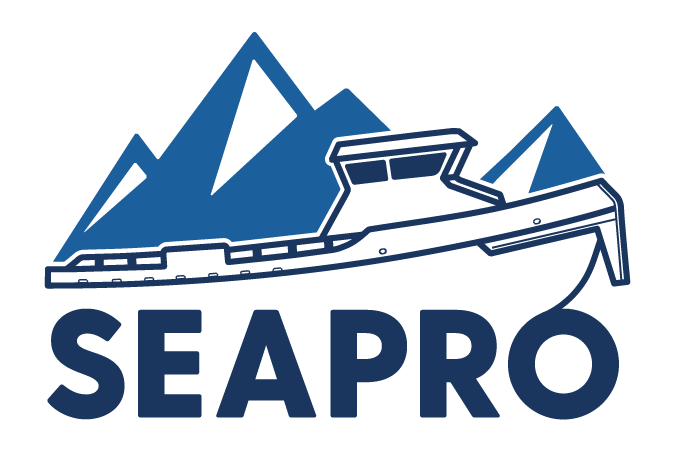

The following scenarios have been developed to illustrate the procedures SEAPRO will employ to respond to various sizes of spills in a variety of locations. These hypothetical scenarios are designed by ADEC and are intended to illustrate a common response strategy. Plan developers can use these examples to develop their own scenerios to meet the various section requirements of the Emergency Action Plan. As described in the ADEC guidelines, location specifics are not addressed in the scenarios to follow because these sections must be prepared by the individual plan holder. The scenarios below will address all of the other response strategy sections identified in 18 AAC 75.425. Conditions surrounding the incidents and response efforts are designed to demonstrate how SEAPRO will mobilize and activate equipment and personnel throughout the region. The strategies, tactics, and operational capabilities are general procedures, and should not be considered performance standards or guarantees of performance. If different conditions were assumed, different hypothetical responses would result.
The three scenarios provide in this section roughly parallel the federal requirements for response to the Worst Case Discharge. The actual response planning standards were derived from State of Alaska Regulation AS 46.04.030 (k) (1) & (4). Below is a brief description of each of the three scenarios:
In an effort to aid planners in the preparation of realistic and achievable planning standards, SEAPRO has created a tool to provide guidance on activation/arrival times, sample ICS-204 form tactics and limiting factors. The tool can be accessed by clicking here.
Fillable prebuilt ICS-204 form tactics:
The Alaska Department of Environmental Conservation (ADEC) Spill Prevention and Response Department provides examples of scenarios that planners can use as examples when preparing their companies' contingency plans. The scenario examples are a part of the Sub Area Contingency Plan and are accessible for review by clicking here.